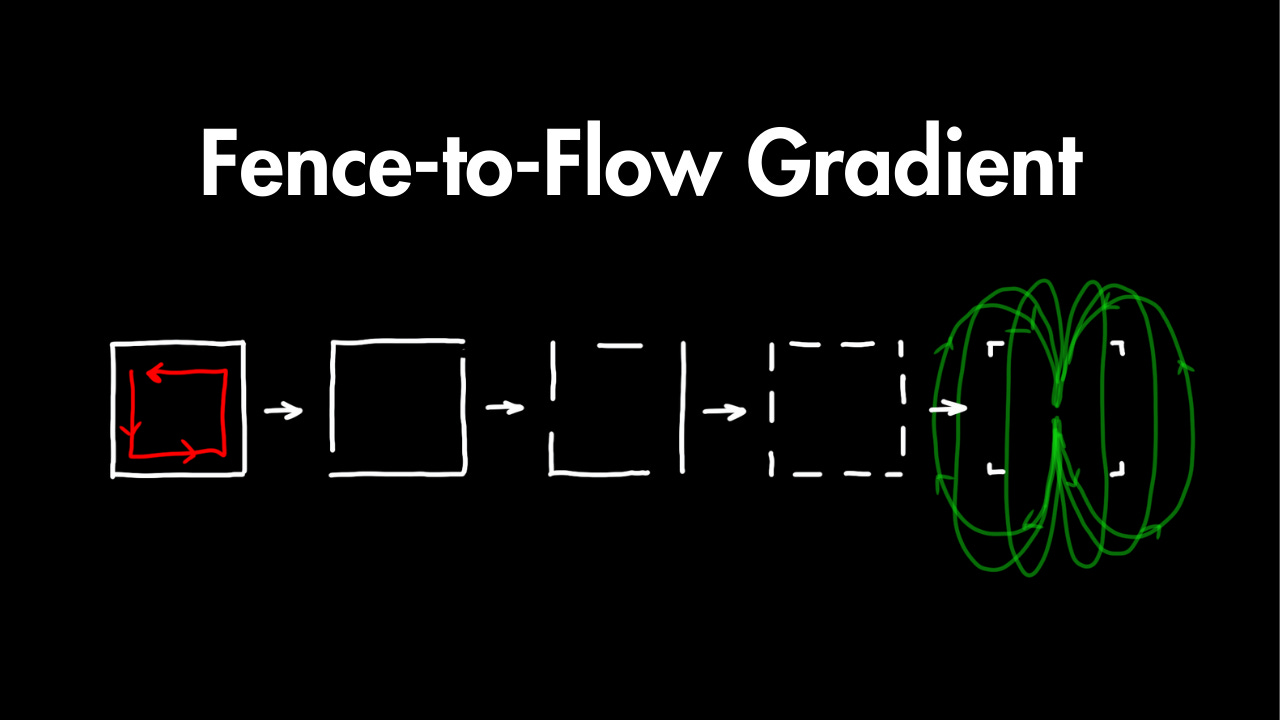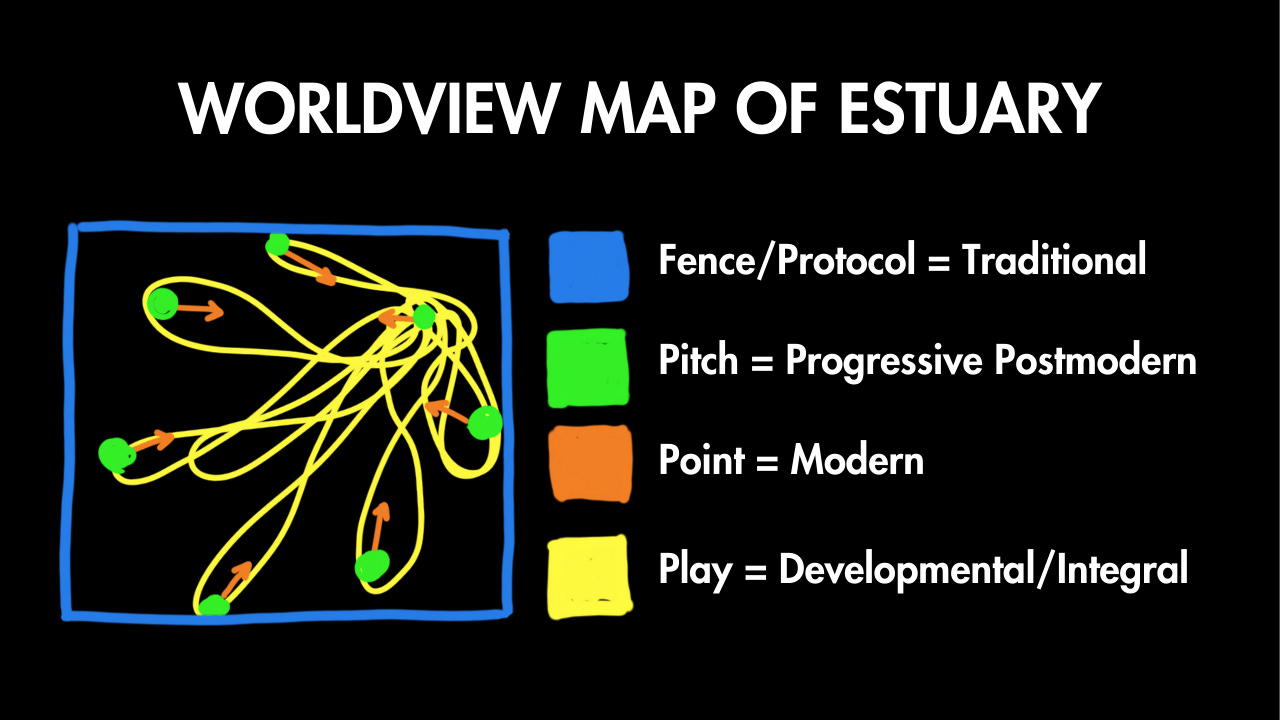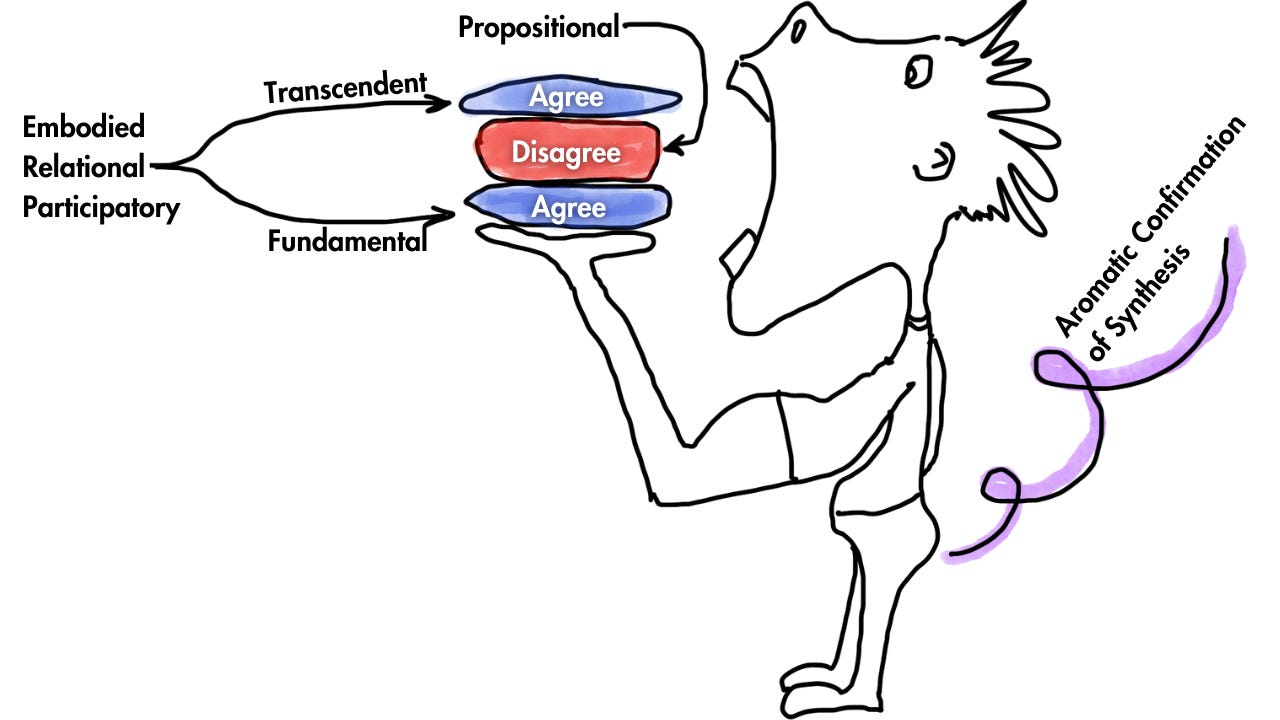From Fence to Flow: Estuary as a Trust-Building Practice
How to step out of silos without losing your roots
Why do people, who are conditioned to dismiss and distrust each other, leave feeling more seen and like they have maybe solved the world’s problems in a single conversation?
In our algorithmically christened rage incubators (socials and screens), built-in guardrails that keep us from trusting each other. The Estuary protocol quietly dissolves these mechanisms that keep us isolated.
I guess you could call me a slightly overly enthusiastic front-row learner, because I haven’t actually led an Estuary group yet, but I’ve done quite a bit of facilitation, ranging from wrangling a bunch of guys five beers deep into speaking one at a time, to leading a tight-knit community of songwriters through sharing their goals and struggles in a safe environment. That said, I just drank the Estuary Kool-Aid and am now helping to launch a group here in Austin, Texas.
It’s a gentle group structure that I think can help rebuild communities locally globally…and…cosmically. I'll leave that one to your imagination.
Why fences make us freer
Architects like Christopher Alexander and Susan Herrington observe that clear edges invite exploration. In an unfenced field, children will cluster in the middle. Add a fence, and they will explore the edges, and the fence even becomes part of their play.
Open-field conversation looks freer, but unless you have at least one skilled conversationalist in the group, it tends to slide into the closest rut of “safe” small talk.
So what’s the fence in Estuary?
Estuary in three moves (pitch → point → play)
The hyperpolarization that infuses almost every corner of the internet creates an environment that makes genuine disagreement rare. It energizes the “you’re either with us or against us” tribal rules to the point that the smallest difference in opinion can trigger an existential threat. We can’t even reach the disagreement stage because we’re stuck reacting to a visceral boundary violation. The Estuary protocol breaks down the mechanics of distrust and moves a group from structure to play.
In its simplest form, the protocol is run by a facilitator who follows the 3 Ps: pitch → point → play. After the first round of introductions, we move through the following:
Pitch an idea in one of four categories: intellectual, contextual, personal, or Estuary-related.
Point to the idea you most want to explore; you can’t point to yourself.
Play: Discuss the chosen topic; the facilitator keeps time and monitors tone.
We start with firm boundaries and gradually loosen into play—the minimum viable structure that allows for interpenetrating idea flow without losing coherence.
The fence-to-flow gradient
Estuary (noun): where fresh and salt water meet (often choppy).

Solid frame: Start and end on time, take timed turns in a set order, and avoid crosstalk. Anyone who has attended a 12-step meeting will recognize the power of this structure, especially when trying to include people who don't have much practice taking turns.
Porous frame: listening, vulnerable sharing, and less intervening by the facilitator.
Self-generating flow: Facilitation is minimal, everyone is tuned in to each other, and playful synthesis emerges.
The facilitator adjusts the frame to fit the room. If one or two voices dominate, they might stay closer to a solid frame. If the conversation drifts into CNN/Fox News talking points, they may ask for concrete, personal examples. But something lovely happens when the group reaches a flow state where the structure isn’t held by the facilitator’s grip, but by the trust in the room.
Integrating worldviews
The pitch → point → play structure unselfconsciously integrates multiple worldviews, which developmental philosopher Steve McIntosh defines as “coherent sets of values that persist across multiple generations.” According to developmental philosophy, three main worldviews are currently competing for dominance: traditionalism, modernism, and progressive postmodernism. Here is how I map them into the Estuary process.

Traditional (blue): predictable order and rules create a ritual-like container; threat goes down.
Modern (orange): meritocracy; the pitch with the most juice orients the conversation.
Progressive postmodern (green): everyone’s voice matters; vulnerability and storytelling have a place.
Developmental/integral (yellow): opposites cohere through challenge-and-support; playful synthesis emerges.
Agreement outside of opinions
We are socialized to treat agreement as ‘same beliefs’, but Estuary teases apart two different kinds of agreement: propositional (what we think) and embodied/relational (how we participate). When they are fused, any disagreement feels like the relationship is imploding. When they’re decoupled, inside a simple ritual, the relationship can carry more heat.
The protocol’s hyper-simplicity creates just enough holding power to absorb disagreements without breaking, and the friction experienced strengthens relationships because of the added layer of trust that’s built into the process—a felt sense of, “we can survive this.” The propositional stops trying to colonize the relational by staying in its lane, and the relationship stays at the top of the hierarchy—bigger than any one position.
It faintly reminds me of divine liturgy—the choreographed song, dance, and art that awaken the heart. It pulls from above and holds from below, sidestepping the traps of an overly rationalistic mind.
When the room holds
During my first Estuary group, a middle-aged dad shared how much he wanted his daughters to be at church. But they were losing interest and didn’t share his love of books or philosophizing. Later in the Estuary conversation, a young woman about their age spoke. She fumbled for words as she shared how her father resented church, yet forced her to go. “I still pray,” she said. She continued to share how she felt distant from the church and her father. The group went quiet. I kept thinking about the dad in our group, and how hearing his daughter’s story from someone else’s mouth might reach him in a way that debate never could.
I doubt this level of honesty could happen without some kind of safety boundaries to keep crosstalk and other interruptions at bay.
Why this works (mechanics of trust)
What makes Estuary work isn’t woo; it’s a higher‑resolution boundary that’s firm enough to hold and open enough to breathe. Predictable turns and no crosstalk downregulate the nervous system, allowing people to actually hear each other.
It creates a space where structure and freedom aren’t at war. Instead, they dance together in a positive–positive polarity—opposing values that sympathetically resonate and come alive with meaning.
The structure keeps fizzy disagreements from exploding, and people leave feeling lighter and less alone. The fence lets us play, and the play rebuilds trust.
Try it: start an Estuary
Start here: estuaryhub.com (training, guides, templates).
Keep it small (6–12 people), no crosstalk.
Pitch → point → play; you can’t point to your own pitch.
End with a quick round of final thoughts.
Austin: I’m helping launch a local group—DM me if you want a seat.




Love this model, Rigel. Anything that breaks down the us vs them posture the algorithms encourage is fantastic — and much needed.